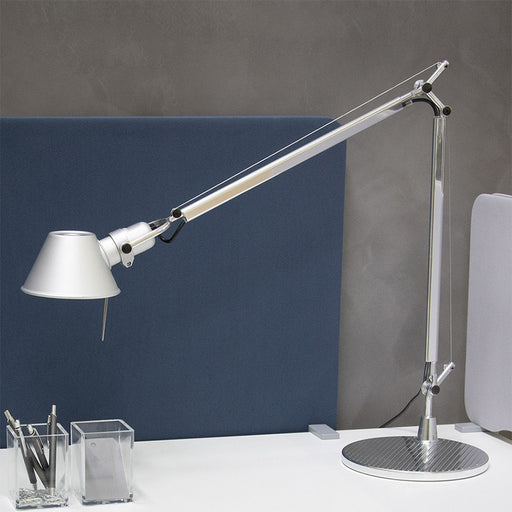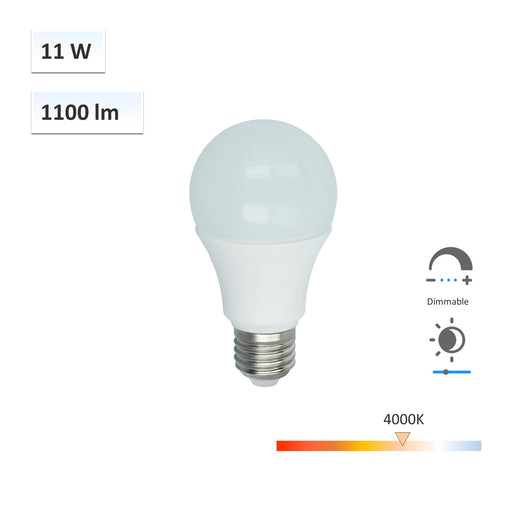
Natural Biorhythms Technology
The right wavelength for melanopsin secretion
Unlike the visual sensitivity of 555nm, the intrinsically photosensitive retinal ganglion cells (ipRGCs) perceive the light wavelength at 480nm (typical) which affects the secretion of melanopsin, and melanopsin determines the circadian rhythm directly. A high-level radiance at 480nm will restrain the melanopsin secretion hence making us alert and focused, and a low-level radiance at 480nm is helpful for relaxation or pre-sleep.
Therefore, the right proportion and weight of centered 480nm (typical) radiance in the spectrum design are the key factors for circadian rhythm regulation.

Yujileds® Wlbeing technology, the well-designed spectral engineering for circadian rhythm stimulus
Wlbeing 2200K for melanopsin promotion

Wlbeing 4000K for melanopsin restraint
The 4000K is designed as neutral white for focusing lighting environment. To restrain the melanopsin secretion, the spectrum is designed to fill the ipRGCs sensitivity sufficiently with up to 80% proportion.

Standard white colors with different circadian effect
The chromaticities of Yujileds® Wlbeing 2200K and 4000K are compliant with the standard white LED lighting (ANSI C78.377-2017), hence they provide the same visual effect as a general LED, but are significantly different when measuring with Melanopic / Photopic ratio (M/P ratio) and Melanopic DER (MDER).

High CRI for high-quality lighting
With our spectral engineering abilities and Yuji phosphor technology, Yujileds® Wlbeing 2200K and 4000K are designed to 85-95 CRI, that is to say, the Wlbeing LEDs satisfy both visual (color reproduction) and invisible (circadian stimulus) effects and can be widely used in high-end commercial lighting.
-
Original price $64.00 - Original price $124.00Original price $64.00$64.00 - $124.00$64.00 - $124.00Current price $64.00| /
Well24™ Day A19/A60 Functional Lighting with Space Station Technology11W Dimmable Energy LED Bulb 4000K - 2pcs/4pcs
FEATURES Well24™ Day Series light spectrum, suitable for mental tasks, study and reading Proper spectrum suppresses the melanopsin secretion and ...
View full detailsOriginal price $64.00 - Original price $124.00Original price $64.00$64.00 - $124.00$64.00 - $124.00Current price $64.00| /


